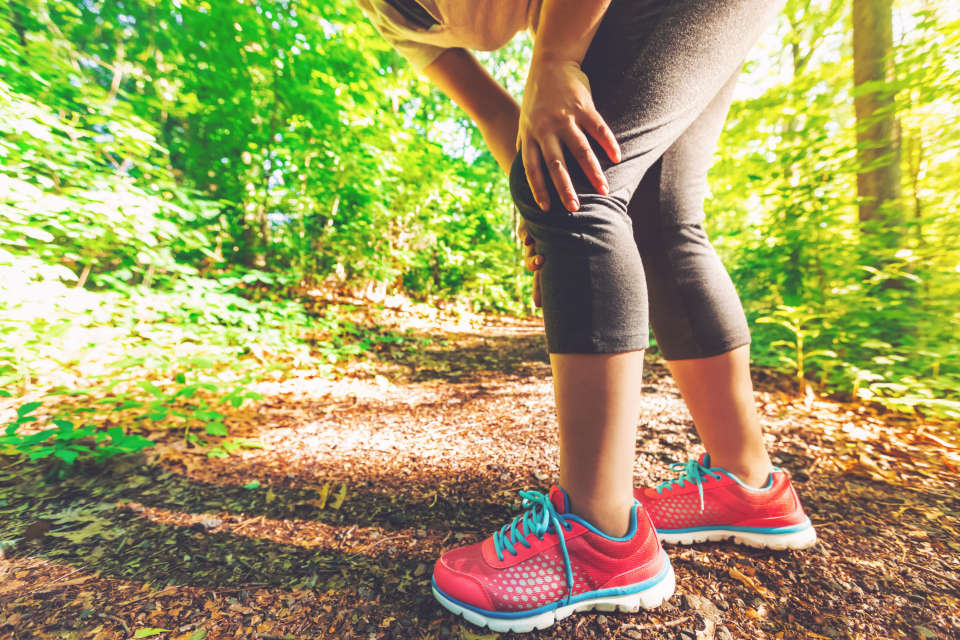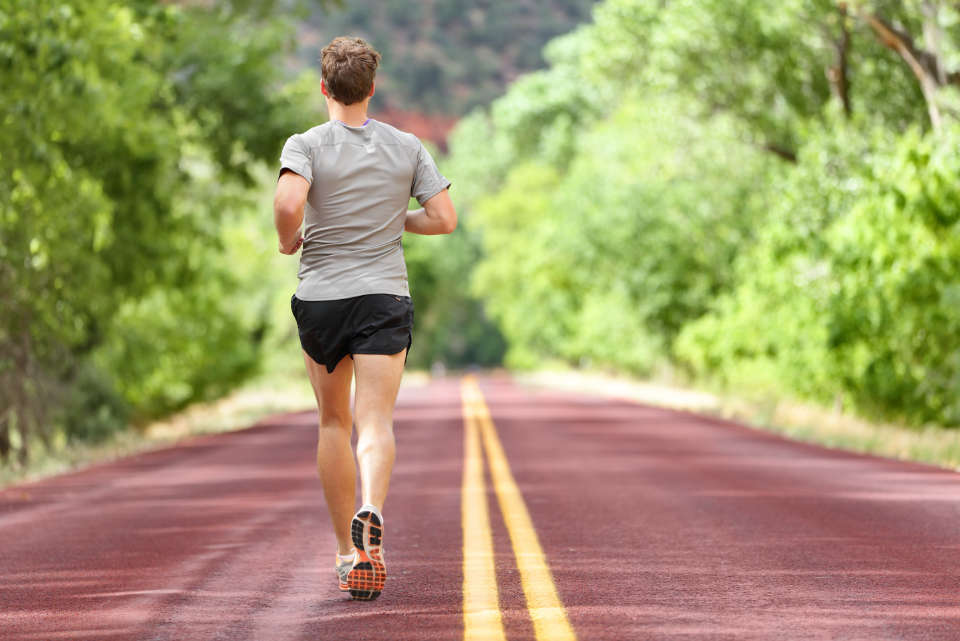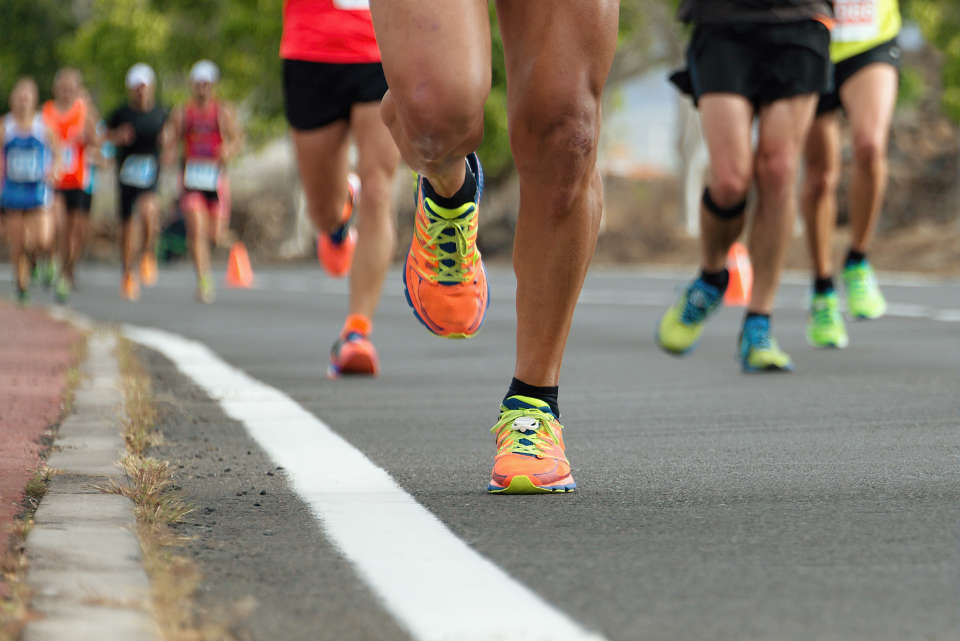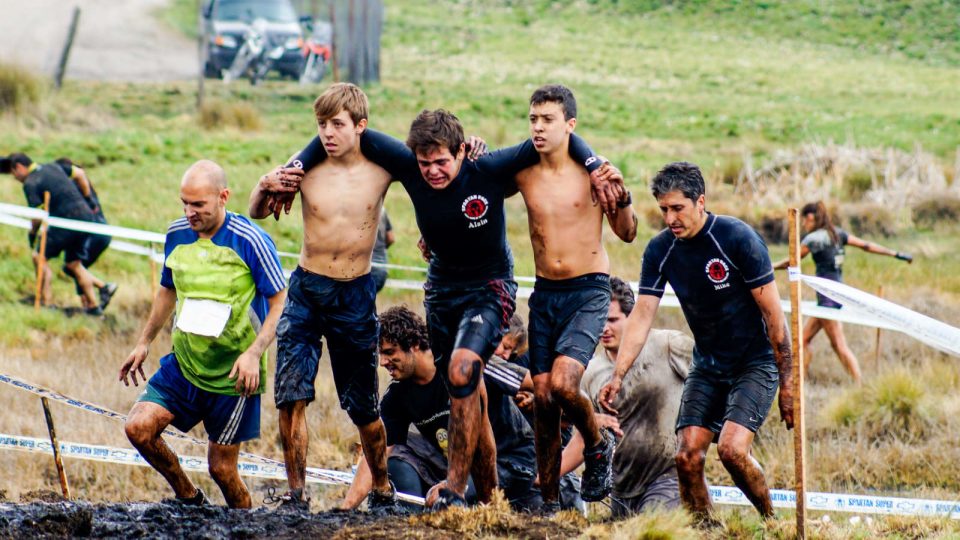Running is a favourite exercise for most people to improve both physical and mental health. When running, we use many parts of the body at one time, especially the joints and bones. Many people think that running can adversely affect joints and bones and cause some injuries to the joints and bones. However, this thought is completely wrong.
In fact, there has been a lot of research showing that proper running is beneficial for our bones and joints.
If you run correctly, it will not affect the joints and bones but bring multiple positive impacts on the health. In this article, we will bring you the necessary information to demonstrate that running is not dangerous for your joints and bones.

Running and Bone Problems
Running is bad for the joints and bone is a misconception that many people are suffering from. Some people suppose that regular running is the leading cause of osteoarthritis. However, researchers found no association between running and osteoarthritis. Instead, factors such as obesity, family history, high age, and myopathy or joint pain are potential risks for osteoarthritis in the future.
Many studies have demonstrated that running could help you fight osteoarthritis. The reason is that regular running will make muscles tend to be more firm, thus reducing the pressure on the joints. The researchers also concluded that athletes had lower knee pain rates than those who did not run, regardless of their age.
Also, runners often have a low BMI which is body mass index, used to measure the body’s lean mass through height and weight.
Running is a great way to improve your joint and bone health. Not only will you have less risk of osteoarthritis, but regular running will also help you repel osteoporosis which affects over 200 million people around the world. Fortunately, running exercise is the ideal training strategy to promote and maintain one’s health. A study done at the University of Missouri found that running was effective in improving bone density.

The work of researchers at the University of Camilo José Cela-Spain, published in the Journal of Applied Physiology, showed that running helped protect bone density, especially for the elderly. They also found that people who regularly run have significantly higher heel bone density than those who are less active.
How to Run Properly
To avoid unfortunate injuries and achieve excellent results from running, you should run correctly. Here are seven guides to running correctly.
1. Keep Your Eyes Straight Ahead
To run properly, you should keep the head up and eyes looking straight forward, avoid looking down.
2. Keep Your Posture Properly When You Are Running
- When running you should keep the body relaxed, the centre of the body slightly forward, but still have to keep the chin up, the shoulder rested and the back straight.
- Do not hold your neck or shoulders as that limits your breathing, making you more tired.
- Do not fold the end too much or lean forward too much as it makes the centre of body unbalanced.
3. Keep Your Hands On The Waist
For beginners, they often do not pay attention to hand postures when running. They usually put the hands over their chest, which can be seen when the runner begins to feel tired. Brandishing the hands too high not only has no effects on your running but also makes you tired quickly.
The correct hand posture for runners is to keep the hands at on the waist and fold hands about 90 degrees. This right posture will help improve your strength quite well.

4. Relax Your Hands
When running, keep your arms and hands relaxed and free. Do not put pressure on your arms and hands as that not only have no benefits for running but also makes you strained and tired at the arms, shoulders, and neck quicker.
5. Proper Landing
If you are a long-distance runner, do not think about feet touching the ground with your toes or heels. Because if you are landing with the toes, that will make your legs muscles tense and tired.
This is a cause of vertical leg pain. If you are grounding with the heel, it means that your stride length will be longer and the centre of the body will be on the knees. It does not help you to run faster but also makes you at high risk of injuring.
In case you have the habit of landing with the heel, you should remove it. The best way to landing is to touch the ground with the middle of the foot and then press to the tip of the foot to gain momentum to run better.
6. Don’t Lift Your Legs Too High
Runners often have the habit of raising the feet too high when running. But this is a wrong running posture of legs. To make your feet proper when running, you should keep your feet as close to the ground as possible, limiting your knees too high. That will save you energy when running.

7. To Step Short When Running
Perhaps you often think that long, vast strides will help you run faster. But the reality is that whether you run long or short steps, your speed will not change. Runners with quick steps not only can limit the normal injury but also have stable the heartbeat when running. However, you need to practice to be able to run with short steps effectively. Mastering short-step running will be the premise that helps you to run better.
Running is an excellent way to boost your joints and bones’ health. However, not everyone can run. If you have been injured in the past, whether it is muscular injury, cartilage or ligaments, you are at risk for further damage if you run.
We hope that you will have proper identification of the impact of running on your joints and bones and understand the correct running technique to get the best performance when running.





